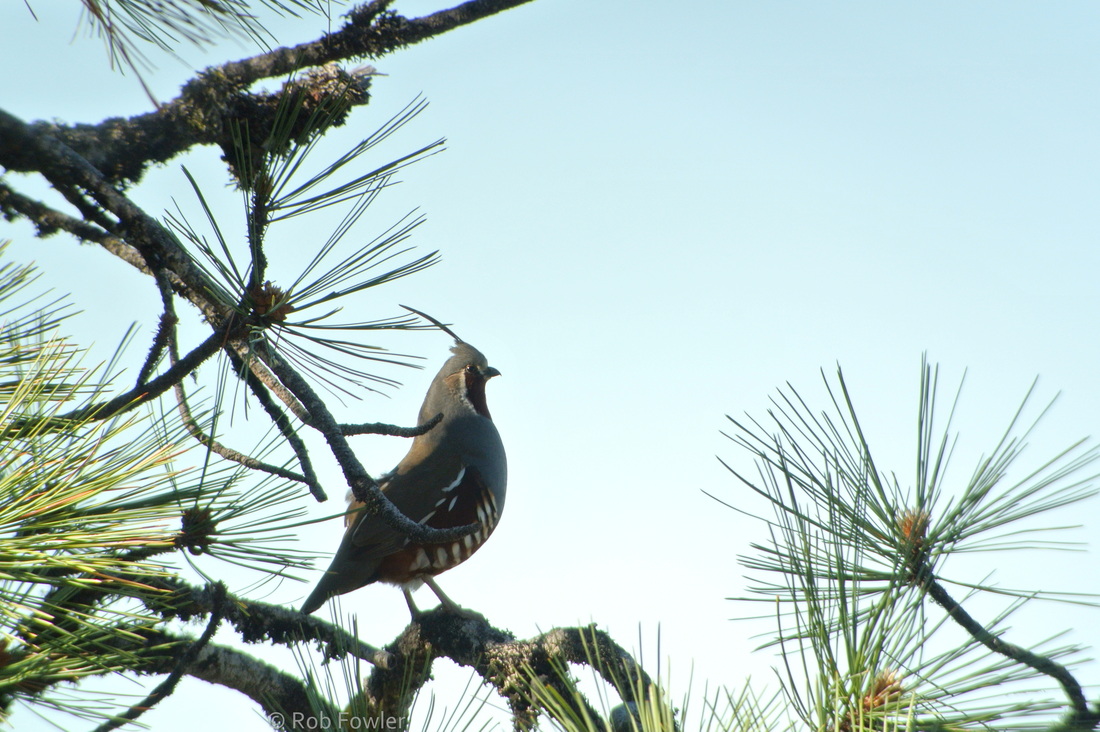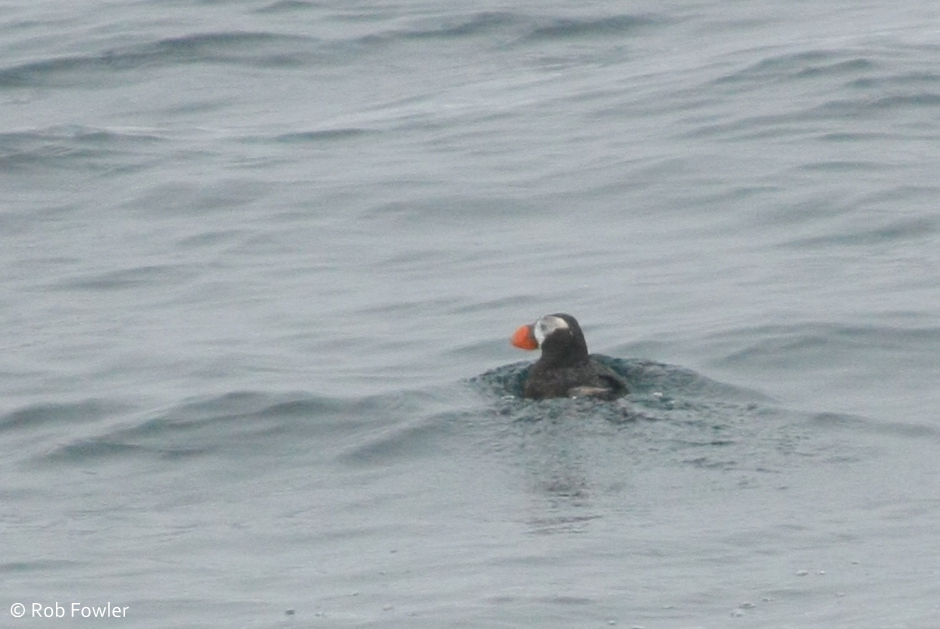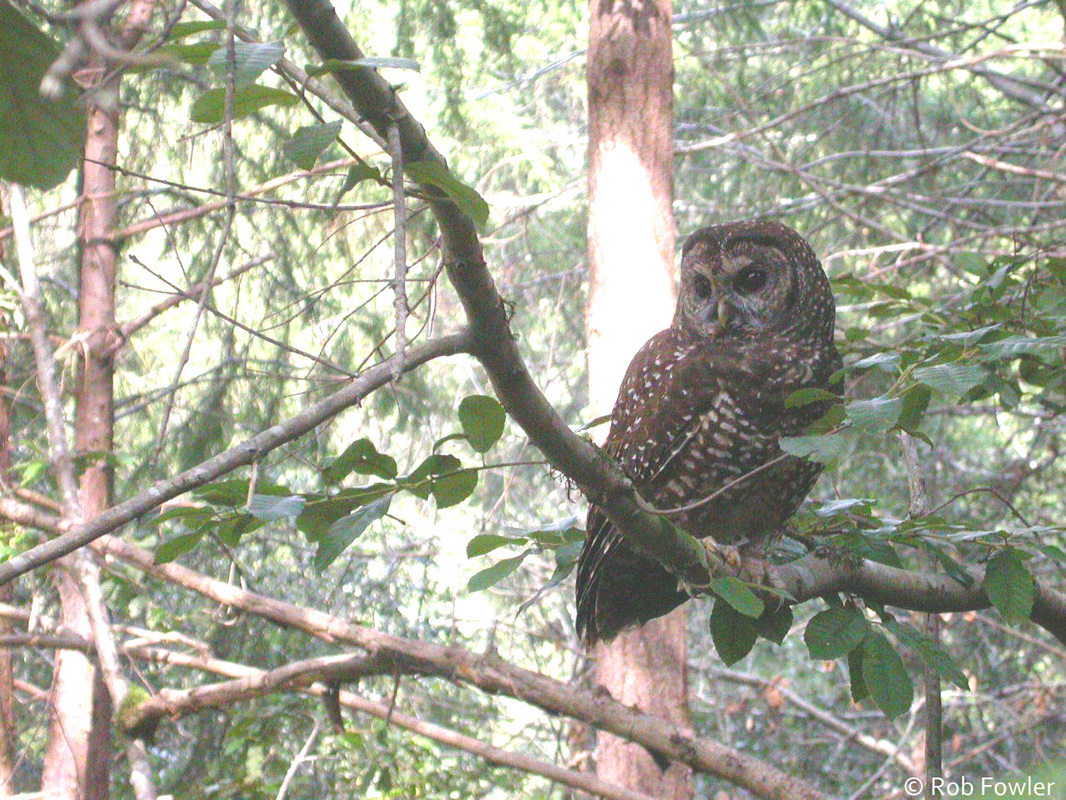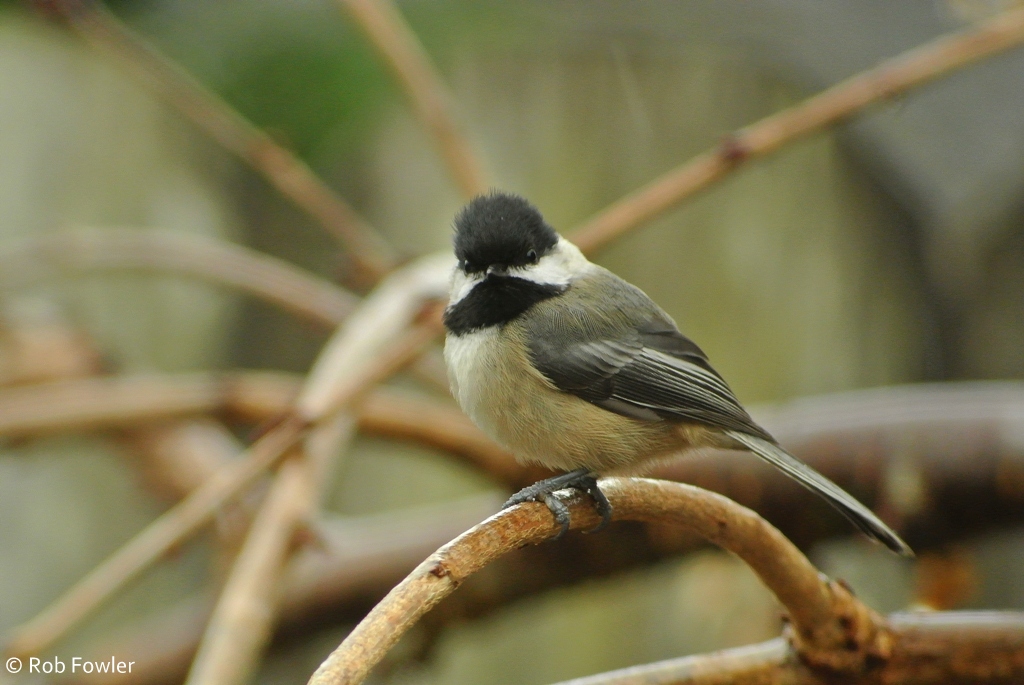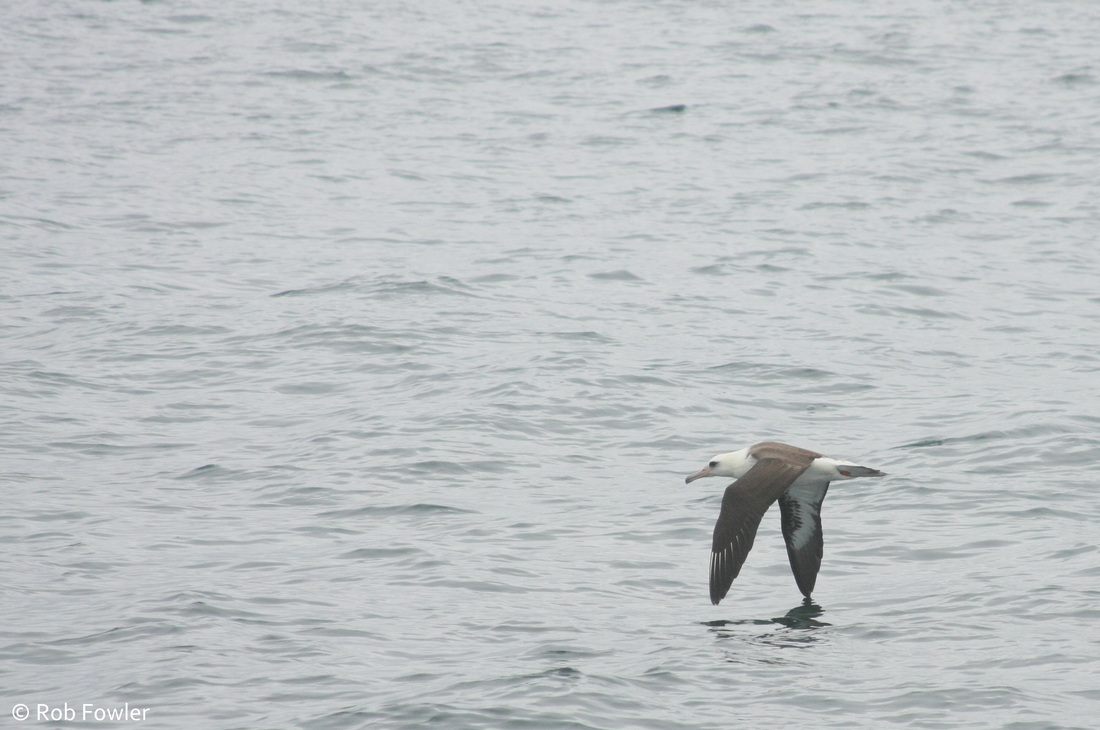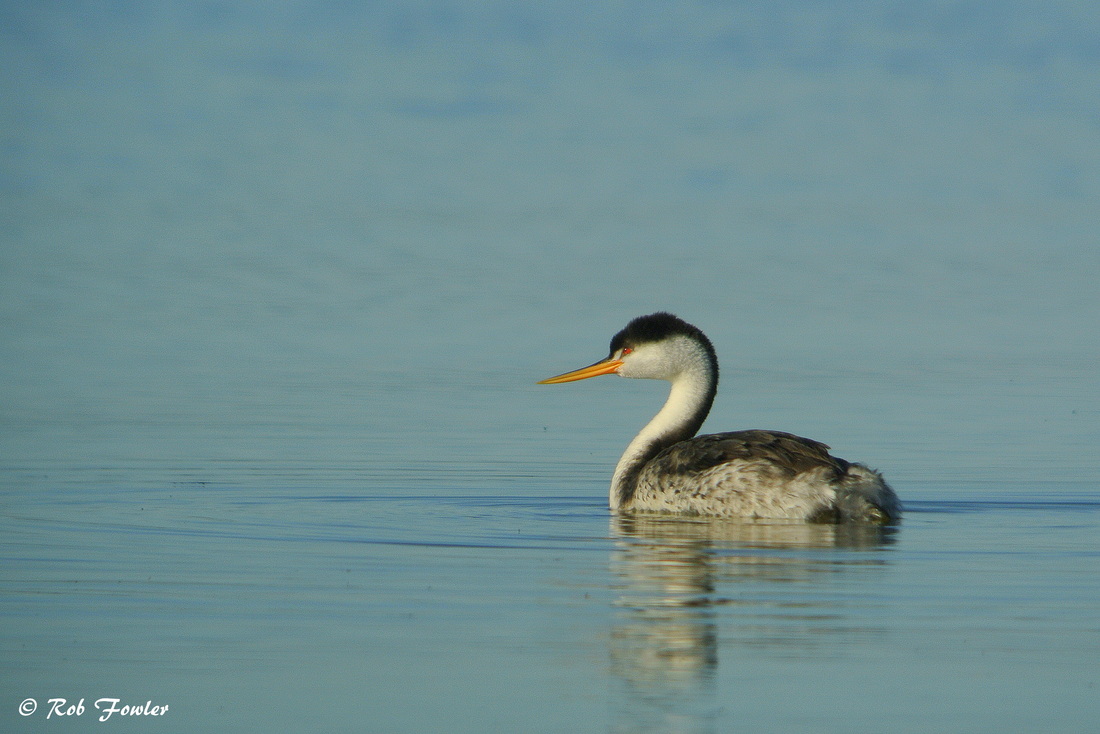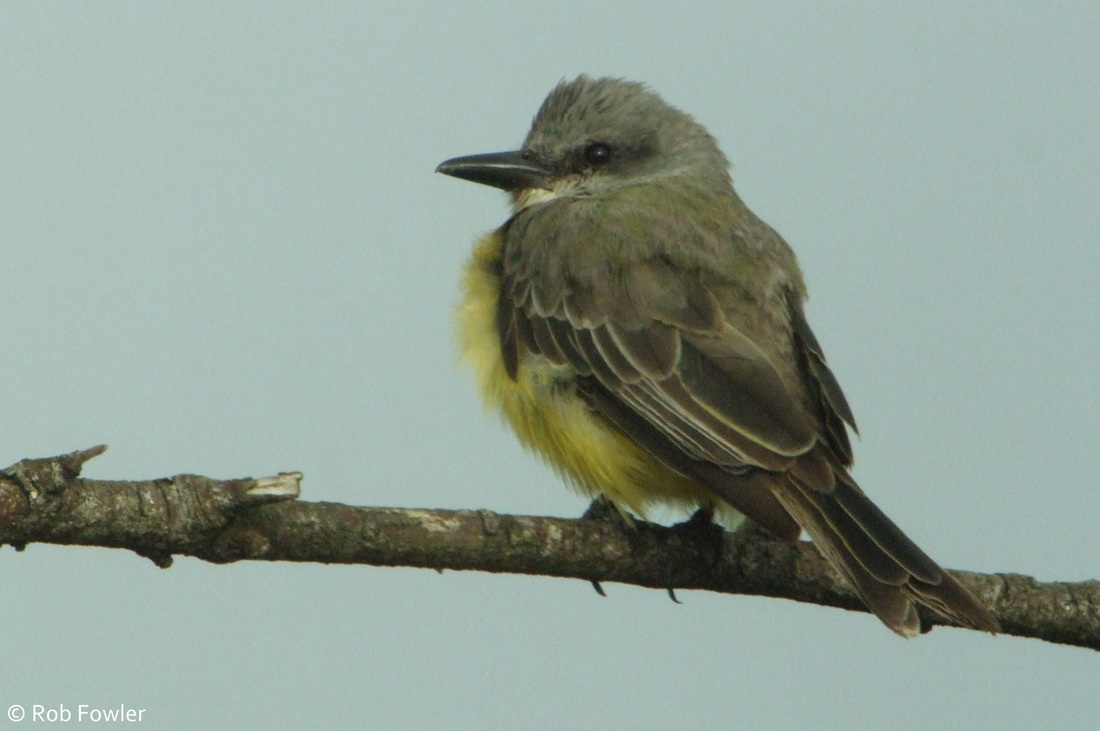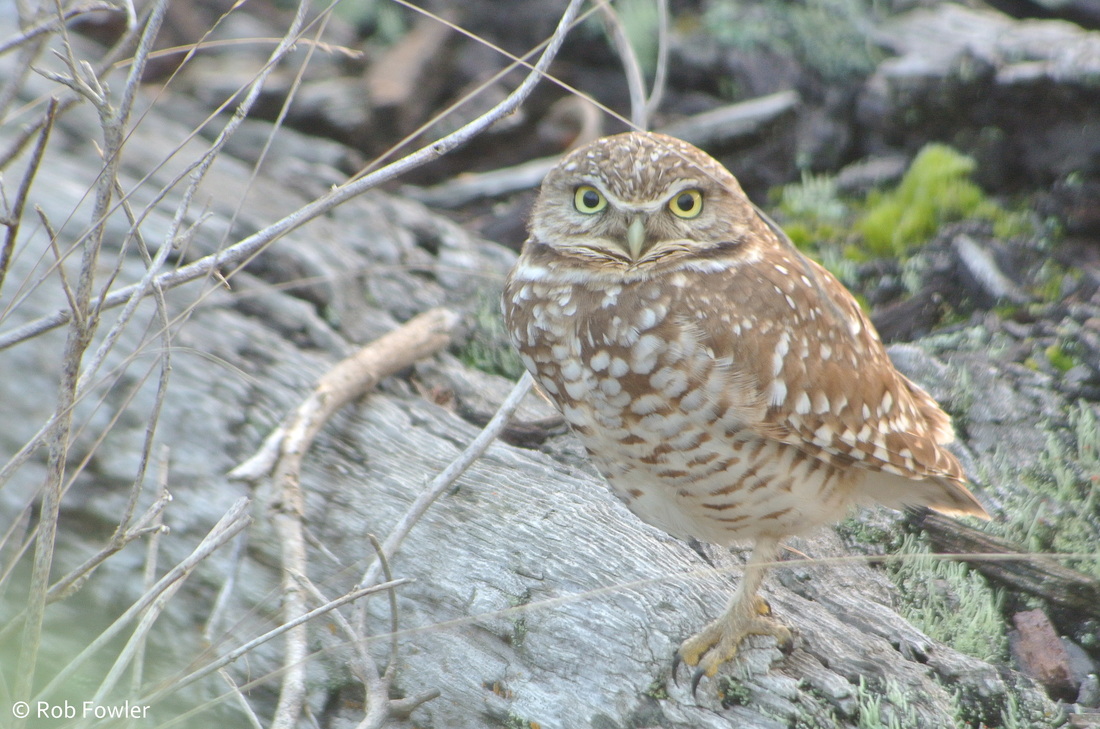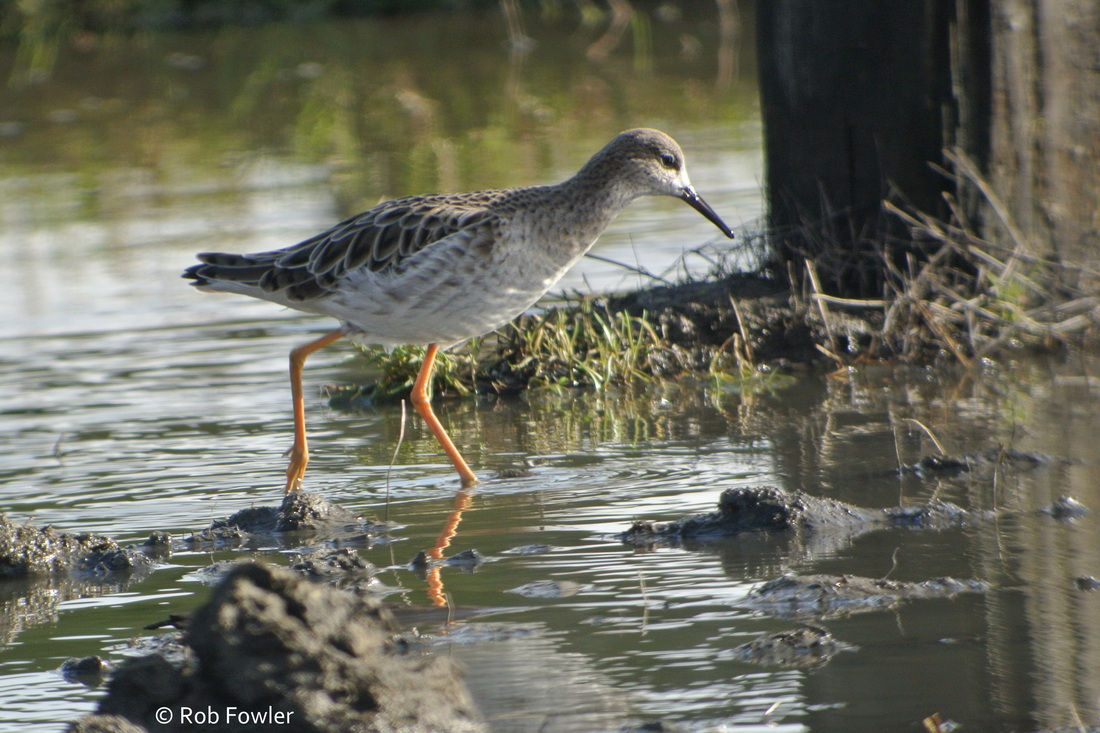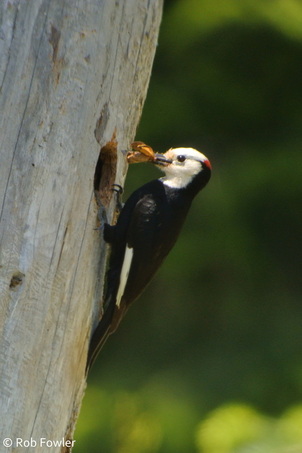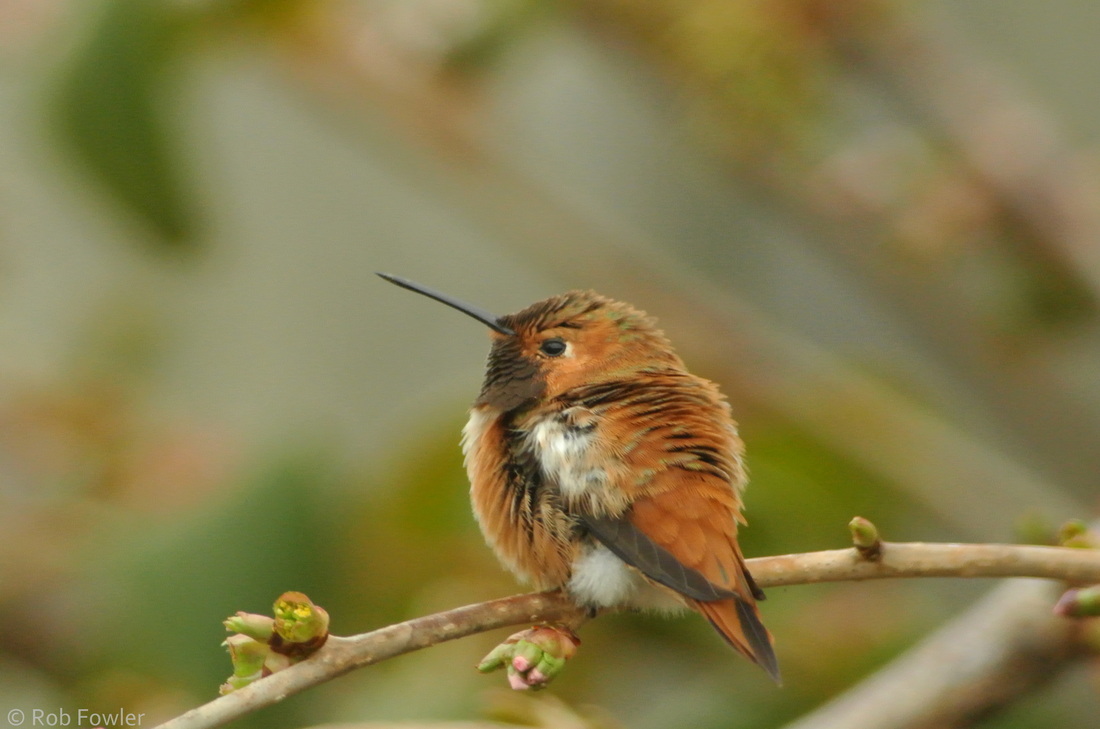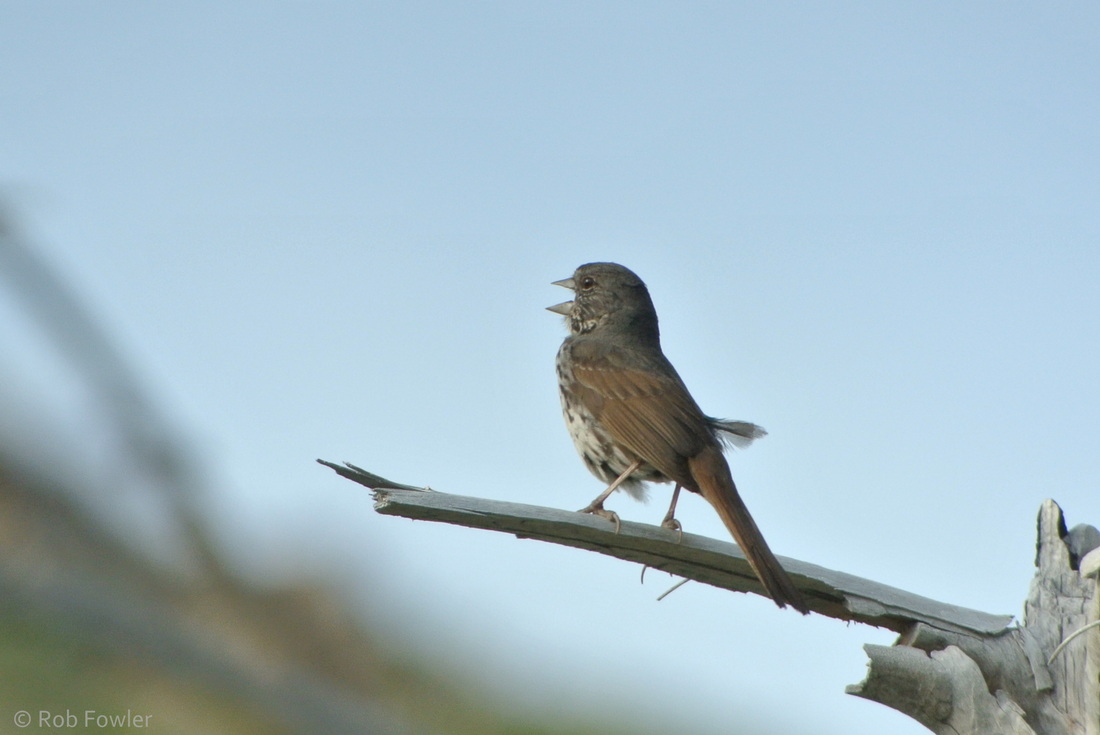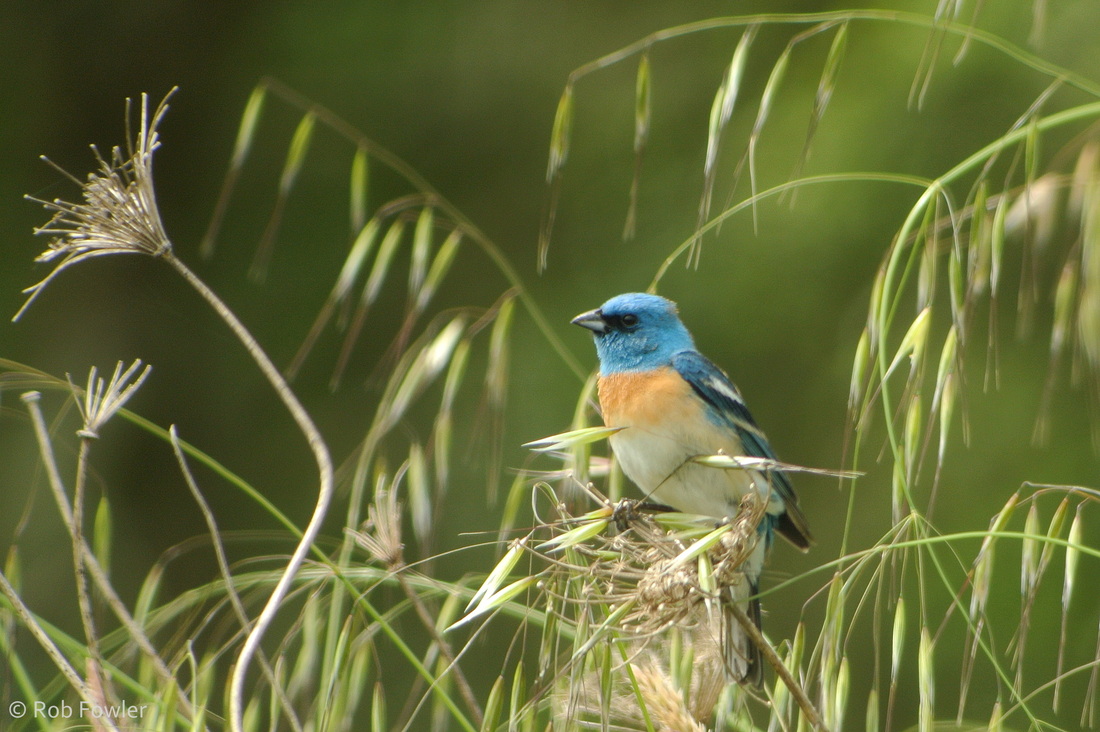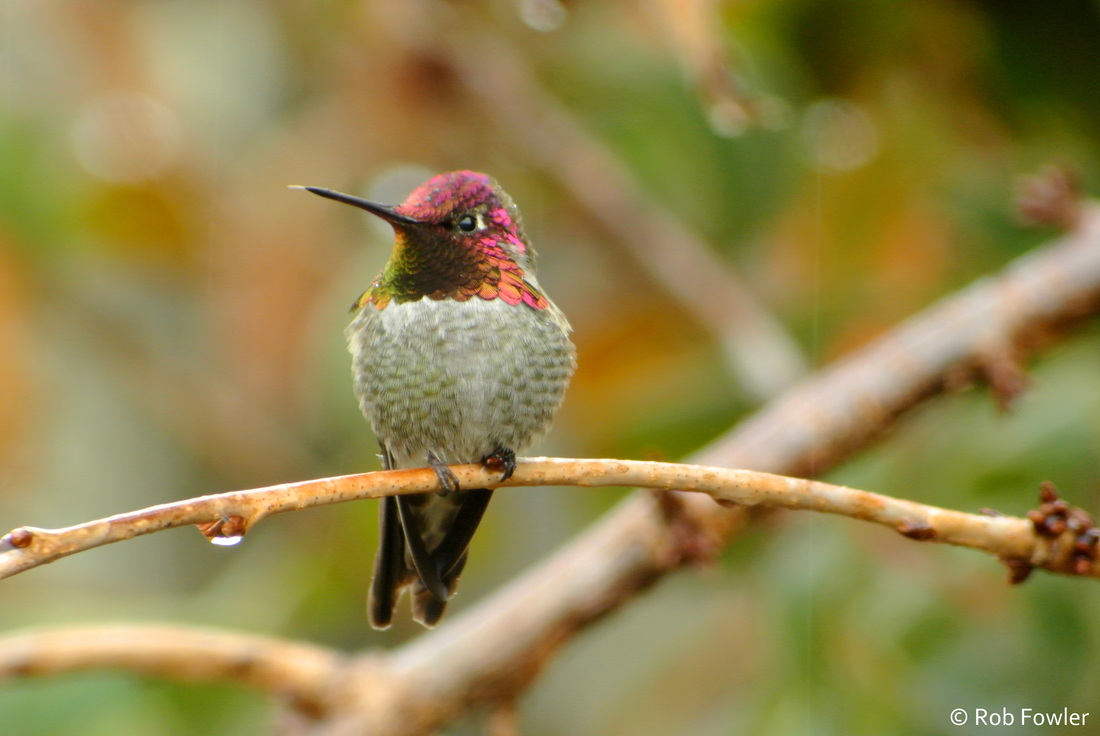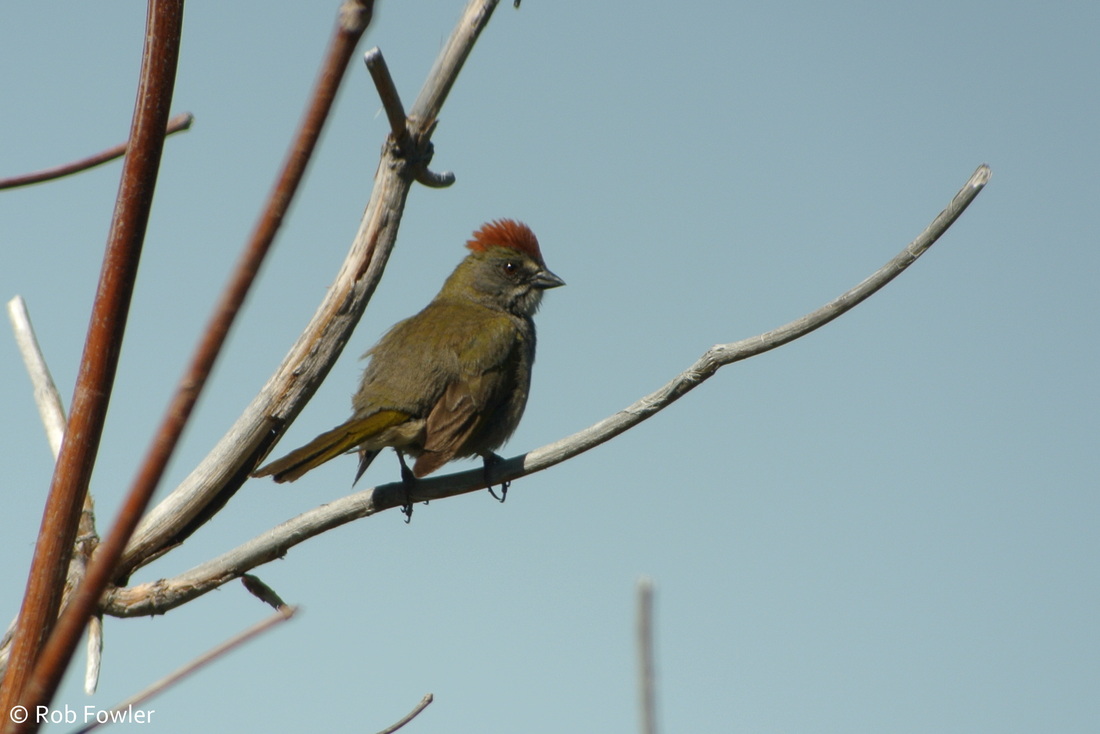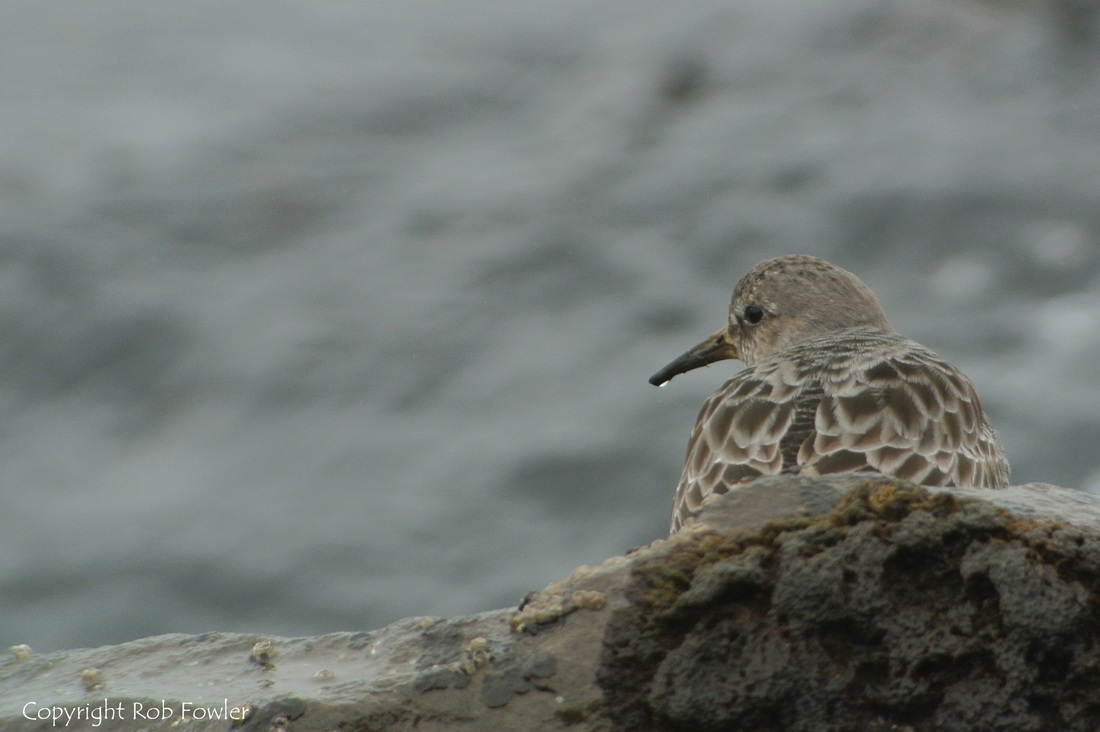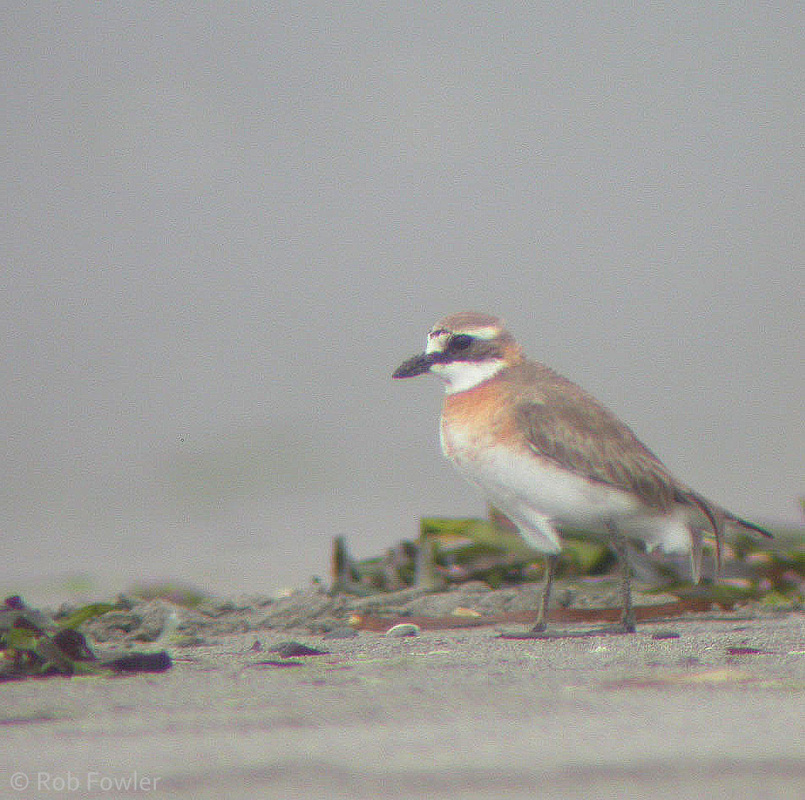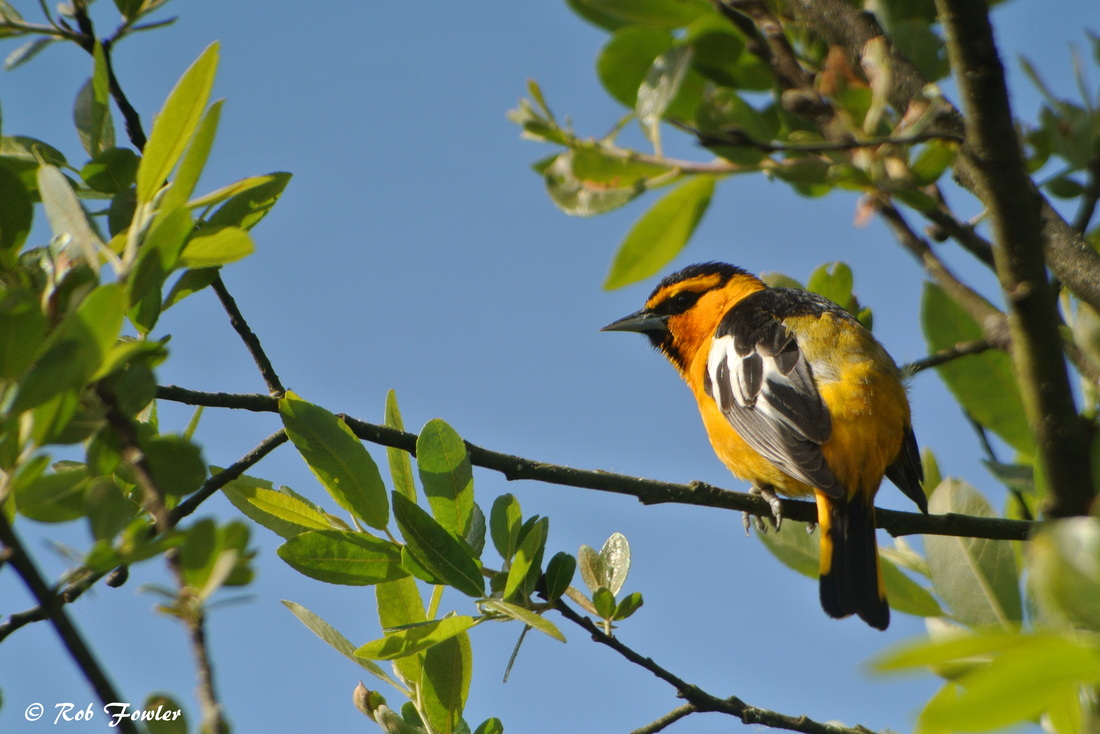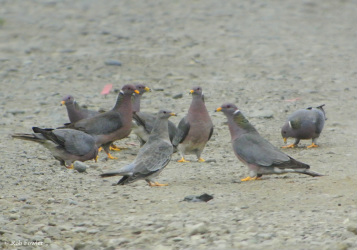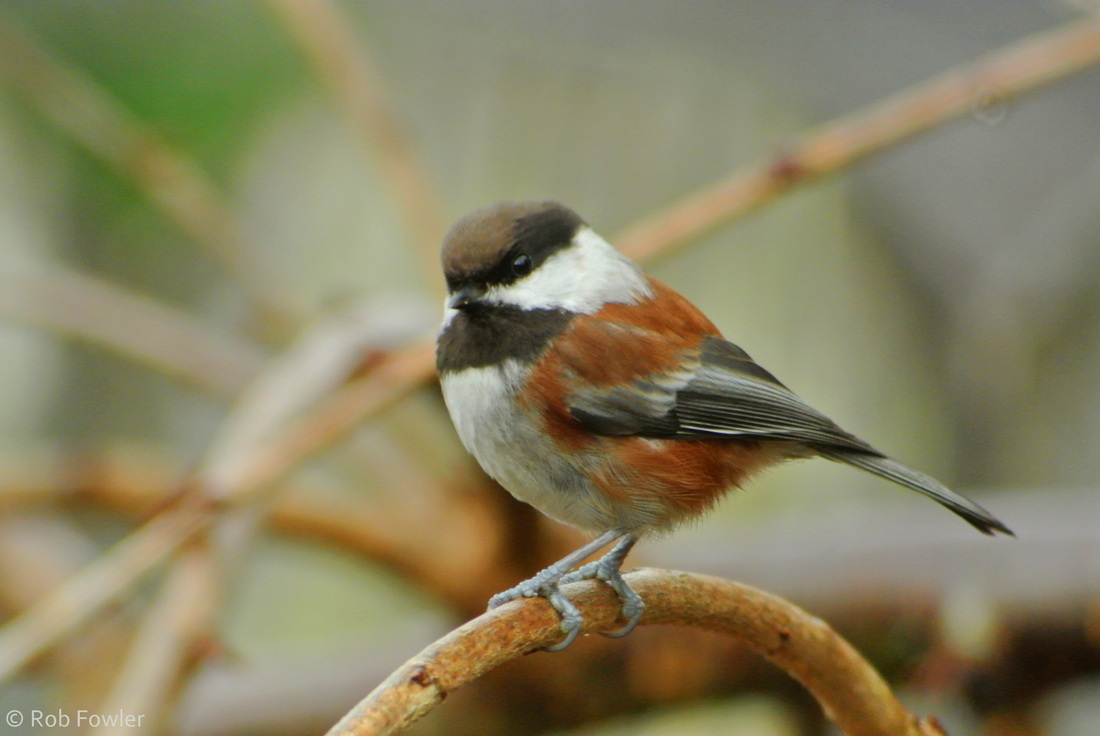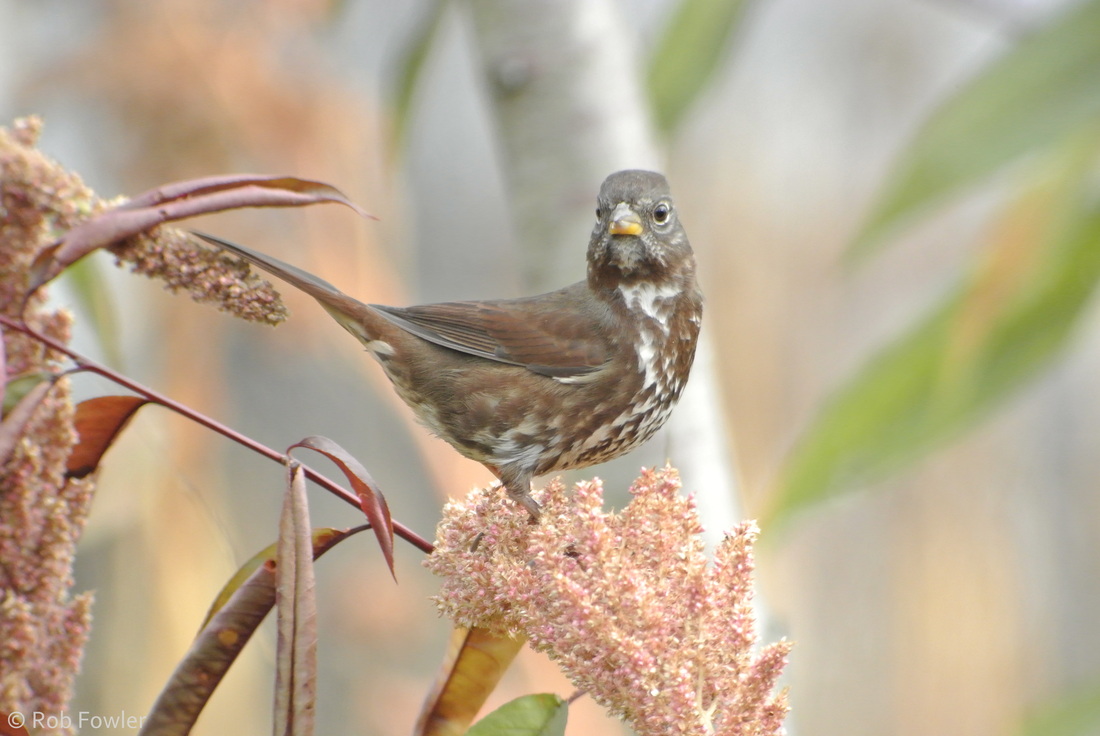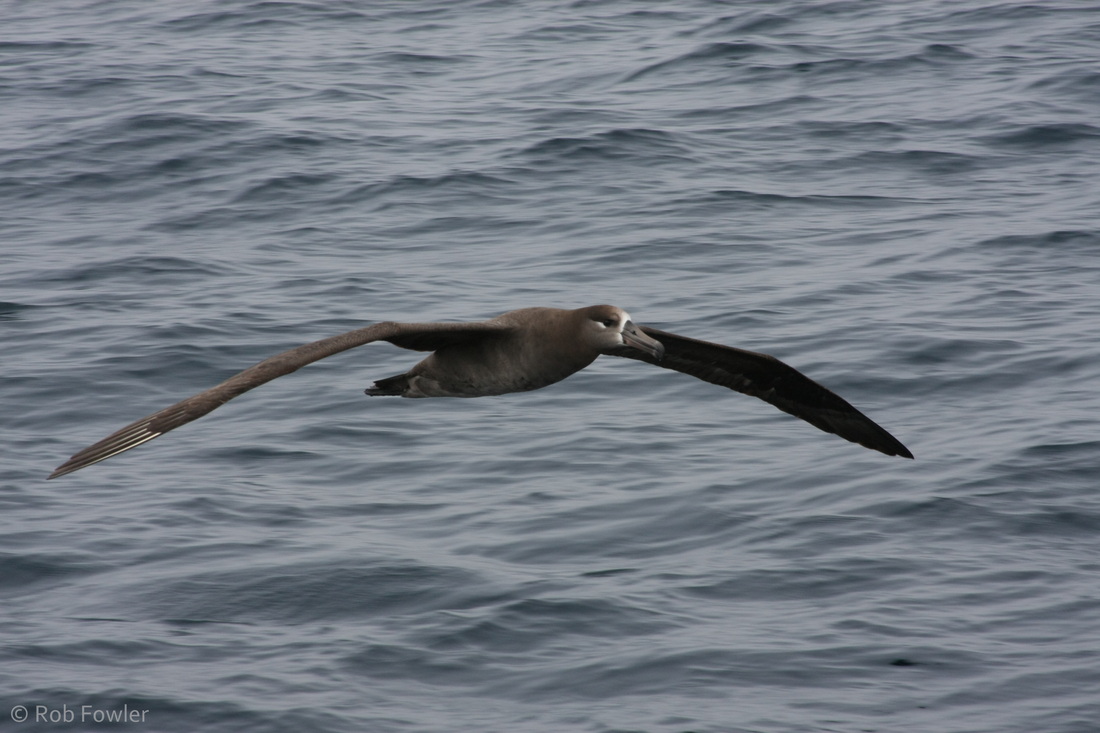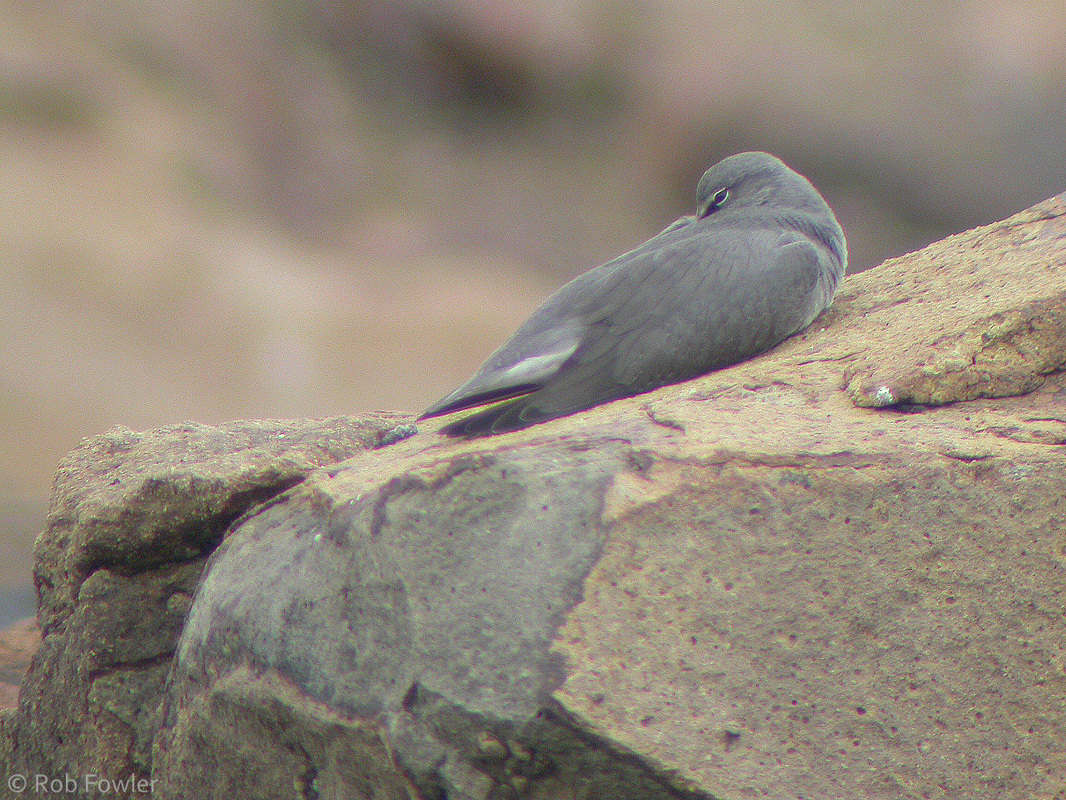Northwestern California Species of InterestBelow are a couple of lists of species of possible interest to birders coming to visit Northwestern California. First, I've listed what I think to be the top 20 species that Northwestern California is best known for. Second, I listed all the species that occur in Northwestern California that can mostly be thought of as "Western Specialties," species typically only found in the Western United States. Lastly, I've listed some rarities that are more likely in the area then other locations in California.
Also, if you'd like to get an idea of the huge diversity of species that have occurred in Humboldt and Del Norte Counties please check out these eBird bar charts. Not all species that have occurred in Northwestern California are represented on these bar charts, however. The combined Del Norte and Humboldt County area of Northwestern California has recorded almost 480 total species! Click on the links below to jump to the Western Specialties and Northwestern California Vagrants/Rarities and sections: The Top 20 "Flagship" Species
Below are the top 20 “Flagship” species that birders from out of the area come to look for whether they are working on their state list or are visiting from out of state. Note that even though some of these species listed below are not necessarily hard to find in other areas of California or the Western United States some of them are much more abundant (i.e., Black Brant, Marbled Godwit) in the region and are most common here In Northwestern California when compared to other regions. Black Brant (Branta bernicla nigricans): Common in the winter, especially in south Humboldt Bay though the largest numbers move through south Humboldt Bay from February-April. In California, Morro Bay in San Luis Obispo County and south Humboldt Bay are the main staging areas for this species due to their abundant eelgrass beds. In addition to Black Brant, south Humboldt Bay is a very important wintering area for thousands of waterfowl with high counts during winter being up to 10,000-15,000 dominated by American Wigeon, Northern Pintail, etc. The Centerville CBC typically finds up to 20 Eurasian Wigeons in south Humboldt Bay. Aleutian Cackling Goose (Branta hutchinsii leucopareia): Common in winter, becoming abundant when stopping over in February and March before heading back to the Aleutian Island breeding grounds. Early-March is the best time to see the largest numbers of this species. Harlequin Duck (Histrionicus histrionicus): (for mostly California birder’s interest) even though found on both Pacific and Atlantic coasts in winter time, this species is more regular in Northwestern California than other coastal areas further south in the state. Black Scoter (Melanitta americana): (for mostly California birder’s interest) regular in Northwestern California, especially in Del Norte County. A small wintering population is regular off the coast of Orick here in Humboldt County. This species has declined in Northwestern California. Mountain Quail (Oreortyx pictus): Common at high elevation inland sites but can be hard to see. Best time to look for this species is in June, when males are “singing” constantly and most inland high mountain roads are snow free. Also, late summer, when young broods are present with adults along roadsides, is a good time to search for this species and see good numbers of them. Looks are never guaranteed for this bird but you have may better chances here in Northwestern California than you do in other areas in their range. NOTE: Almost Every time we have looked for this species this past summer (2014) we have found them and had decent looks. I have missed good looks at this species only once this summer! Sooty Grouse (Dendragapus fuliginosus): Common inland in Douglas-fir and true fir habitats adjacent to open meadow habitats in mid- to high elevations. Easiest to track down when males are “booming” in the spring through summer time. Like Mountain Quail, late summer is also good to look for this species when young broods are present with adults along roadsides. Ruffed Grouse (Bonassa umbellus): (for mostly California birder’s interest) Del Norte, Humboldt and western Siskiyou Counties are the only counties in California where this species is found. There are some traditional locations where they are found frequently, like the road to the Tall Trees grove in Redwood National Park. Western Snowy Plover (Charadrius alexandrius nivosus): This is one of the 3 threatened/endangered species/subspecies found in Northwestern California (Marbled Murrelet and Northern Spotted Owl being the other two). Most easy to find in the winter time when the population is largest, with wintering birds from out of the area bolstering the population. Easiest to find on north Clam Beach and other coastal sandy beaches. Marbled Godwit (Limosa fedoa): This species winters in large numbers (around 6,000-8,000) around Humboldt Bay and Humboldt County regularly tallies more Marbled Godwits than any other Christmas Bird Count in the US. This is the bird that the local spring bird festival, “Godwit Days,” got its namesake. Winter shorebirding is quite good and, in addition to Marbled Godwits, Humboldt Bay has large wintering populations of other shorebird species like American Avocets, Dunlin, Least and Western Sandpipers and Long-billed Dowitchers. Spring migration is absolutely magical with sometimes up to a quarter of a million shorebirds seen in a couple of hours during the rising tides. Humboldt Bay is a Globally Important Bird Area due to it's importance to migrating and wintering shorebirds and for it's importance as a staging area for Black Brant in the spring. Rock Sandpiper (Calidris ptilocnemis): Northwestern California is this species regular southern limit besides one location in Mendocino County to the south. This species is found in small numbers very locally along rocky coastlines from November until early-April. Best locations are Pt. Saint George in Del Norte County and both the north and south jetties at the mouth of Humboldt Bay. Humboldt County has a lot of rocky coastline and is very good to find all the rocky shorebirds with relative ease. Marbled Murrelet (Brachyramphus marmoratus): One of the 3 threatened/endangered bird species in Northwestern California, this species has been negatively impacted by loss of coastal old growth forests and has severely declined in the area. Nonetheless, this species is still typically easy to find along many areas along the coast and Northwestern California is where this bird still resides in pretty large numbers. The best way to experience a "lifer" Marbled Murrelet, however, is to see them during their dawn nest exchange flights in some of the local old growth redwood forests. There's really nothing like experiencing murrelets calling and flying overhead right at dawn! Tufted Puffin (Fratercula cirrhata): Best location to find this species in Northwestern California now is Castle Rock in Del Norte County. It is almost extirpated as a breeder in Humboldt County with only a couple of pairs still found around the Cape Mendocino area. It can also be found occasionally on pelagic trips. Northern Spotted Owl (Strix occidentalis caurina): One of the big 3 endangered species in the area. Has especially declined in areas where Barred Owls (Strix varia) have infiltrated. Possibly accessible in private timber lands for lifer looks from habituated birds but no playback or any other kind of lure will be implemented to look for this species. I currently have no open leads to finding any regularly "moused" birds that are easy to get looks at so can not guarantee this species at this time. Vaux's Swift (Chaetura vauxi): Common breeder locally and very easy to see. Gray Jay (Perisoreus canadensis): Uncommon and local breeder in mostly wet coastal redwood or Sitka spruce forest. Traditional locations like Patrick’s Point State Park and Russ Park near Ferndale are typical locations to find this species. Black-capped Chickadee (Poecile atricapillus): (for mostly California birders interest) This species is a Northwestern California specialty. This species is common and expected in most riparian habitat along the coastal plain. Pacific Wren (Troglodytes pacificus): This species's loud and distinctively melodic song can be heard commonly throughout moist coastal forests especially redwood and Sitka spruce forests thought it is also found in many shady inland forest types with well-developed understory. Varied Thrush (Ixoreus naevius): Common to abundant breeder in wet coastal coniferous forest, sometimes becoming widespread and common in winter outside of their breeding environs. It's always best to get your lifer Varied Thrush or Pacific Wren amongst the Ancient Redwoods, some that have been growing since the Roman Empire! Hermit Warbler (Setophaga occidentalis): According to the Atlas of Breeding Birds in Humboldt County (Hunter et al. 2005) this species is the 3rd most widely distributed warbler in Humboldt County, just behind Orange-crowned and Wilson's Warblers. This species borders on abundant in redwood, Douglas-fir, white and Shasta red fir forests during the summer time and is easily heard but can be hard to see as it typically sings in the higher reaches of the canopy. Red Crossbill (Loxia curvirostra): Uncommon to common. This species is quite irruptive and at least 6 different call types have been documented in Humboldt County by longtime birder, Ken Irwin (who also documented the most recent call type, “Type 10.”) Type 10 and Type 2's are the most regular types encountered in the region. Western Specialties found in Northwestern California
Below is a list of the 84 species found typically only in the Western United States that occur in Northwestern California. Cinnamon Teal (Anas cyanoptera): year round and regular breeder; most common in mid- to late-fall. California Quail (Callipepla californica): California state bird, this species is common and easy to see in many rural and environments with good diversity of shrub cover, especially in inland areas. Red-necked Grebe (Podiceps grisegena): Though not really a western specialty, this species is found in good numbers in Humboldt Bay in the winter time. Humboldt Bay probably hosts some of the highest numbers of this species in California during winter. Clark’s Grebe (Aechmorphus clarkia): Regular in the winter in small numbers and much outnumbered by the more common Western Grebe. Most easily found on Humboldt Bay. Western Grebe (Aechmophorus occidentalis): Common in winter in many estuarine and nearshore ocean habitats. This species has bred on Lake Earl in Del Norte County, one of the only coastal breeding locations for this species in California. Black-footed Albatross (Phoebastria nigripes): Common offshore during the spring time and less common in the fall; always expected on pelagic trips during either season. Laysan Albatross (Phoebastria immutabilis): Rare in the offshore waters but mostly seen on pelagic trips just slightly more frequently in the spring time. This species seems to be most expected in late-fall to winter but there are typically no pelagic birding trips during those seasons. Flesh-footed Shearwater (Puffinus carneipes): Rare but regular in fall in offshore waters. Only real chance to see this species is a pelagic trip out of either Humboldt Bay, Trinidad, or Crescent City. Short-tailed Shearwater (Puffinus tenuirostris): Uncommon in late-fall in offshore waters and can occasionally be seen from shore from popular coastal seawatching locations. Best chance to see this species is a pelagic trip out of Humboldt Bay, Trinidad, or Crescent City. Pink-footed Shearwater (Puffinus creatopus): Probably the most common shearwater species in the fall, when most pelagics go out of (mostly) Humboldt County. This species is occasionally seen from shore. Buller's Shearwater (Puffinus bulleri): Regular in the fall starting in late-August/early-September and becoming common in October. Best seen on pelagic but can be spotted from shore on occasion. Leach's Storm-Petrel (Oceanodroma leucorhoa): Seen occasionally on pelagic trips and is also a local breeder. This species is also of course regular on the East Coast but here in Northwestern California there are a couple of locations near Trinidad where, with the aid of spotlights, you can see them come into their nests on offshore sea stacks. Fork-tailed Storm-Petrel (Oceanodroma furcata): Seen occasionally on pelagic trips and is also a local breeder. There are a couple of locations near Trinidad where, with the aid of spotlights, you can see them come into their nests on offshore sea stacks. This species also begins breeding earlier then Leach's Storm-Petrel. Brandt's Cormorant (Phalacrocorax pencillatus): Common and widespread during the breeding season along nearshore ocean habitats, but becomes more local and much less common during the non-breeding season. Pelagic Cormorant (Phalacrocorax pelagicus): Common and widespread during the breeding season along nearshore ocean habitats. This species does not become as localized as Brandt's does but does decline a bit in the winter time. White-tailed Kite (Elanus leucurus): Common and widespread year-round but most abundant during the winter time in open bottomlands. Ferruginous Hawk (Buteo regalis): Uncommon and local in the winter but found regularly in bottoms pasture lands. Black Oystercatcher (Haematopus bachmani): This shorebird is a specialist of the coastal rocky shoreline and is easily found with little bit of effort, especially around areas like Trinidad, Patrick's Point State Park, etc. American Avocet (Recurvirostra americana): Especially common in the winter time in North Humboldt (Arcata) Bay. This species has bred in Humboldt County on occasion; mostly at the Salmon Creek Unit of Humboldt Bay NWR. Wandering Tattler (Tringa incana): Common spring and fall migrant along mostly rocky coastline. This species occasionally winters. Long-billed Curlew (Numenius americanus): Uncommon in the fall through spring. Found in small numbers locally in estuarine habitats. Large groups can be found in winter foraging in pastures in many of the coastal bottomlands, especially after rainy periods. Black Turnstone (Arenaria melanocephala): Commonly found from late-summer to spring along rocky coastline. Surfbird (Aphriza virgata): Found commonly from late-summer to spring along rocky coastline. Sabine's Gull (Xema sabini): Common in spring (May-early June) and fall (Sept.-Oct.) during migration and a bit less common during the fall season offshore. This spectacular gull can occasionally be seen from shore from coastal seawatching locations. Heermann's Gull (Larus heermanni): This species is a common post-breeding visitor, beginning in late-June and continue in the area until about early- to mid-November when most migrate back south. Mew Gull (Larus canus): Mew Gulls are one of the most common gulls in the winter time along the coastal slope of Northwestern California and are typically easily found. California Gull (Larus californicus): Crisp juveniles start appearing in early- to mid-July with migrants really appearing in mid-September. Thayer's Gull (Larus thayeri): A regular winter visitor. With some searching can usually be found easily at river mouths or foraging with other gull species in bottomlands pastures. Glaucous-winged Gull (Larus glaucescens): Easy to find in most places that harbor gulls from river mouths, pastures, to urban waterfronts that are found in local cities like Eureka. Western Gull (Larus occidentalis): THE resident gull along all of coastal California. Easy to see. Elegant Tern (Thalasseus elegans): Like Heermann's Gull, this species visits the area as a post-breeding visitor from breeding locations in Southern California and Baja California and starts showing up in the area in late-June to early-July. Pigeon Guillemot (Cepphus columba): Arrives around late-march and by mid-April is common around it's coastal breeding areas, which are mostly around rocky shoreline. This species pretty much disappears by September. Cassin's Auklet (Ptychorobramphus aleuticus): Expected bird on most pelagic trips, especially in the fall. Occasionally seen from local seawatching spots. Breeds on some offshore rocks locally. Ancient Murrelet (Sythliboramphus antiquus): Most easily seen when migrating along coast during late-fall (late-October-November). Some years can be good for this species along the coast but it can be tough overall to find. Rhinoceros Auklet (Cerorhinca monocerata): Local breeder and easiest to find from coastal seawatching locations during the breeding season and regularly seen on local pelagic trips. Band-tailed Pigeon (Patagioenas fasciata): Widespread and easy to find from March-September. Western Screech Owl (Megascops kennicottii): Widespread in many forest types locally and one of the more common nocturnal owls. Flammulated Owl (Otus flammeolus): Found in open conifer or mixed Oak/Pine woodlands at higher elevations at inland locations. Very local. Northern Pygmy Owl (Glaucidium gnoma): Uncommon year-round resident in many forest types. Often heard “tooting” at dawn or at dusk. This species can often be attracted by imitating it’s call. Burrowing Owl (Athene cunicularia): A rare but regular winterer. Usually found in driftwood right along the coast from the mouth of the Eel River to the mouth of Redwood Creek in Humboldt County and less regularly in Del Norte County. Black Swift (Cypseloides niger): A regular migrant, mostly in late-May to early-June and luck must be on your side to see some of these birds as they fly overhead and north to whatever breeding location they may be traveling to. Overcast or rainy days are best for looking for this species during this small window of time. White-throated Swift (Aeronautes saxatalis): Local breeder in southern Humboldt County where they breed under bridges, mostly along the Highway 101 corridor. Anna's Hummingbird (Calypte anna): Common breeder and year-round resident; the most abundant hummingbird in Northwestern California. Rufous Hummingbird (Selasphorus rufus): Common migrant beginning in late-February through March and identifiable in the field when males are moving through. Allen's Hummingbird (Selasphorus sasin): Common local breeder along the coastal slope, though some do probably breed in inland areas. They begin showing up by late-February and begin breeding by mid-March. Most of the males are gone by July and it becomes almost virtually impossible to separate females and immatures of this species with Rufous Hummingbird during fall migration. Acorn Woodpecker (Melanerpes formicivorus): regular in small numbers in inland areas, especially local oak habitats. Red-breasted Sapsucker (Sphyrapicus ruber): A uncommon resident in mostly mixed woodland in the region but is also found nesting in riparian habitats at lesser frequency. White-headed Woodpecker (Picoides albolarvatus): A rare to uncommon species in Northwestern California, found in a few isolated high elevation Jeffrey pine, white and Shasta red fir forests that are typically accessible only during the summer through fall when no snow cover is present. This species is typically findable with some work. Western Wood-Pewee (Contopus sordidulus): Begins arriving in May and is a common breeder in riparian habitats, especially with a good cottonwood overstory. Northwestern Willow Flycatcher (Empidonax traillii brewsteri): Typically found in coastal riparian habitats during a small window from late-May to June. This species has only been documented breeding in Humboldt County very few times and probably breeds along the coastal section of the Smith River in Del Norte County. Hammond's Flycatcher (Empidonax hammondii): Uncommon breeder in high elevation closed-canopy white or red fir forests. Dusky Flycatcher (Empidonax oberholseri): Common breeder in open high elevation habitats and open forests. Pacific-slope Flycatcher (Empidonax difficilis): Common to abundant in most low elevation woodlands during the breeding season with the first birds arriving in late-March. Black Phoebe (Sayornis nigricans): Common and widespread resident in most open habitats and easy to find. Ash-throated Flycatcher (Myiarchus cinerascens): This summer breeder is found primarily in southern Humboldt County as an uncommon breeder in drier habitats with some oak species present. This species is also a regular migrant in small numbers along the coastal slope of the area. Cassin's Vireo (Vireo cassinii): One of the most common and widespread summer breeders and generally easy to find in mixed forest in inland areas but some also breed along cottonwood-dominated riparian forest, like those found along the Mad River near Blue Lake. Hutton's Vireo (Vireo huttoni): Uncommon breeder in most mixed woodland in inland areas. This species is an uncommon fall/winter resident along the coastal slope of the area. Steller's Jay (Cyanocitta stelleri): Common and easy to find in most wooded habitats and suburban areas. Coastal Western Scrub-Jay (Aphelocoma californica californica): Common and easy to find in lower elevation woodlands and suburban areas. Violet-green Swallow (Tachycineta thalassina): Very common summer breeder that first appears in numbers in March and usually is gone from our area by October. Oak Titmouse (Baeolophus inornatus): Very local and uncommon breeder in Oak woodlands in southeastern Humboldt County. Can be hard to find. Mountain Chickadee (Poecile gambeli): Common and expected in the high elevation Jeffrey pine and white and red fir forests. Chestnut-backed Chickadee (Poecile rufescens rufescens): Common and easy to find in most forest types, only to be replaced at the higher elevations by Mountain Chickadee. Bushtit (Psaltriparus minumus): This species is an uncommon breeder in most areas of Northwestern California and is generally not hard to find. Bewick's Wren (Thryomanes bewickii): Though this species has seriously declined in the Eastern United States and has become extirpated in most historical locations there, this species is still found locally in Humboldt and Del Norte County. Blue Lake is one of the standard locations where they are easiest to find near the Humboldt Bay region. Wrentit (Chamaea fasciata): Wherever there is considerable shrub undergrowth cover Wrentits will be found there. Common and expected in many lowland habitats. Western Bluebird (Sialia mexicana): Uncommon breeder in open areas in inland Northwestern California. Some annually venture to the coastal plain in the winter time. Townsend's Solitaire (Myadestes townsendi): Uncommon and local breeder in upper montane pine and fir forests. Usually a day or morning spent in habitat where this species is found will result in at least finding one individual and probably more. California Thrasher (Toxostoma redivivum): Near-California endemic. A very local and possibly declining species in Humboldt County, it is only found in a few select brushfields composed of manzanita, Ceanothus sp., silk tassel, etc. in southwestern Humboldt County. This species is much easier to find in areas further south of Humboldt County but the scenery of the Lost Coast where you can find them is truly worth the “price of admission!” Black-throated Gray Warbler (Setophaga nigrescens): A common breeder in low- to mid-elevation mixed woodland in the interior areas of the region and is a regular migrant along the coastal slope in spring and fall. Townsend's Warbler (Setophaga townsendi): An uncommon wintering species that typically begins showing up in late-August/early-September. Most individuals leave the area by May. MacGillivray's Warbler (Geothlypis tolmei): Common and expected summer breeder in recent regenerating clearcuts and along riparian habitat with thick shrub cover in inland areas. Green-tailed Towhee (Pipilo chlolorus): Uncommon in mountain brush fields and regenerating clearcuts during the summer breeding season. The best-looking towhee by far! Spotted Towhee (Pipilo maculatus): This species is common inland year round and only found along the coastal slope from mid-September to around late-April/early May. California Towhee (Melozone crissalis): Near-California endemic. Most easily found in inland areas in southern Humboldt County north to Fortuna but a small and isolated population is found in the Blue Lake area, mostly along the riparian habitat along the Mad River. Rufous-crowned Sparrow (Aimophila ruficeps): There is only one known location in Humboldt County where this species is found: Eel River slopes south ofthe railroad trestle, upstream of the small town of Alderpoint in the southeastern portion of the county. This species has a unique distinction as far as the Humboldt County avifauna goes: the first time it was discovered in Humboldt County it was also confirmed breeding by breeding bird atlasers! "Sooty" Fox Sparrow (Passerella iliaca fuliginosa): Very common wintering sparrow that begins showing up mid-September and winters here until around late-April/early may. It is easily found in most lowland habitats that have understory shrub components. "Thick-billed" Fox Sparrow (Passerella iliaca stephensi): This subspecies is commonly found in high-elevation brush fields during the breeding season and is typically only located after all the snow has melted off the mountain roads in June. Golden-crowned Sparrow (Zonotrichia atricapilla): Common wintering sparrow that is widespread and easy to see. Western Tanager (Piranga ludoviciana): Abundant summer breeder in most upland forest types that have some type of conifer component. Easy to find. Black-headed Grosbeak (Pheucticus melanocephalus): Common summer breeder along riparian habitat and mixed woodlands. Lazuli Bunting (Passerina amoena): This species is one of the most common summer breeders in varied types of open habitats from sea level to the higher montane elevations. Tricolored Blackbird (Agelaius tricolor): Near-California endemic. There used to be 1-2 breeding colonies years ago but today this species is primarily a visitor from fall to spring. Mostly female-types are found amongst other blackbird flocks that flock near dairies in the Arcata, Loleta, and Ferndale Bottoms. Hooded Oriole (Icterus cucullatus): Rare breeder. Past couple of years at least one pair has nested in fan palms in the vicinity of Arcata. Bullock's Oriole (Icterus bullockii): Common breeder found regularly in riparian habitats, especially cottonwoods like those found along the Mad River near Blue Lake. Cassin's Finch (Carpodacus cassinii): Rare and local breeder in high elevation pine and fir forests and can be difficult to find. This is probably the hardest regular montane breeding species to find in the area. Lesser Goldfinch (Spinus psaltria): Common breeder in suburban woodland and along riparian edges becoming almost uncommon to rare along most areas along the coastal slope in winter time. Northwestern California Vagrants and Rarities
One of the reasons why Northwestern California has such an incredibly high list of species is due the vagrants and rarities that are regularly searched out and found by the local birders--especially during fall migration. Humboldt and Del Norte Counties combined have recorded 22 species of tubenoses, 23 species of diurnal raptors, 53 species of shorebirds (including some Asian vagrants like Lesser Sand-Plover, Little and Red-necked Stints, almost annual records of Sharp-tailed Sandpiper, and the only Lower 48 records of Common Greenshank), 10 species of hummingbirds (almost as many as some Southern California Counties and includes species like Magnificent and Violet-crowned!), all 4 species of longspurs, 40 species of wood warblers, 27 species of New World sparrows, a couple records of each of Old World sparrows like Brambling and Rustic Bunting, and 14 species of new world blackbirds (e.g., blackbirds, meadowlarks and orioles). The most recent Asiatic vagrant was the Brown Shrike that spent the winter here from Nov 2010-April 2011! We also have the most records of Long-billed Murrelet of any region in the Lower 48 states. |
Click to set custom HTML
|
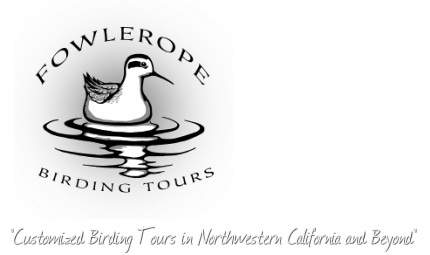
|
|
